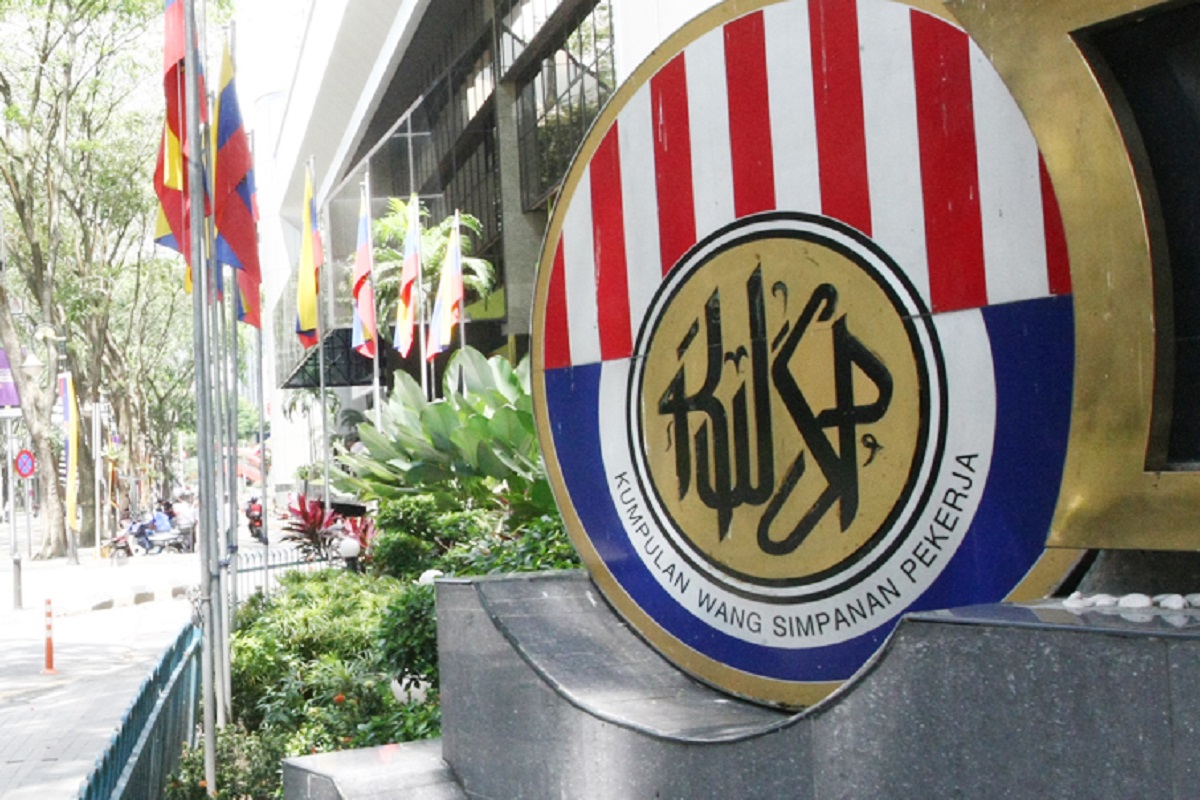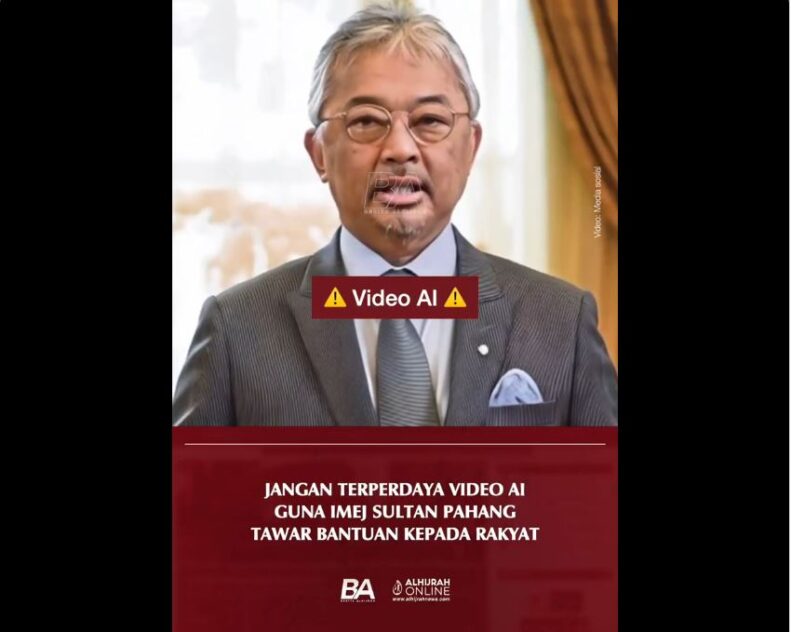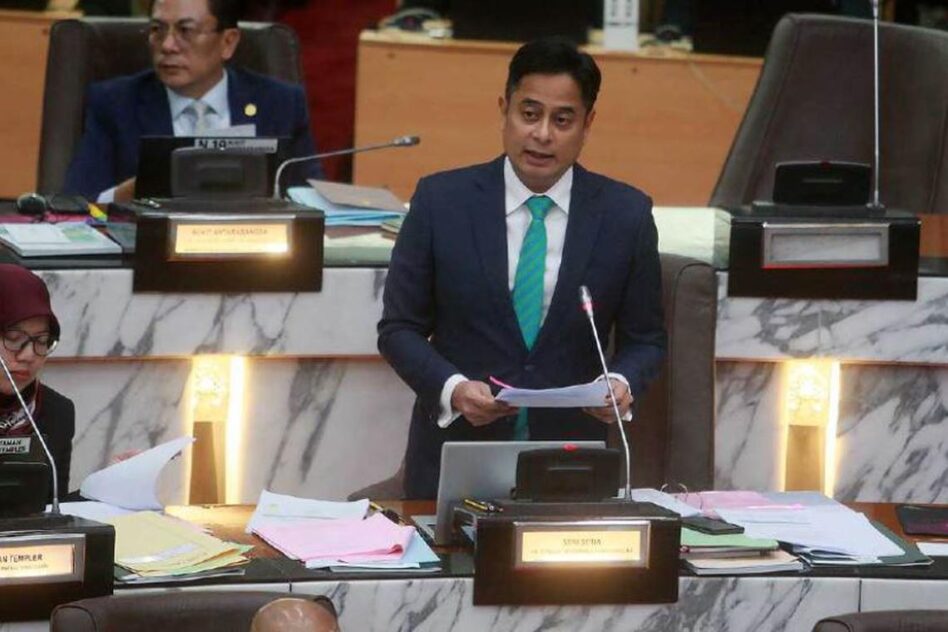THE special one-off RM10,000 Employees Provident Fund (EPF) withdrawal to help families still affected by the COVID-19 pandemic could trigger higher net selling from local institutional funds in view of the retirement fund having to raise liquidity for potential withdrawals by its members.
Historically, CGS-CIMB Research observed that past EPF withdrawal schemes had seen take-up rates of 52%-82%.
“As such, based on the Finance Ministry’s (MOF) estimates of RM63 bil to the Parliament recently and assuming a 50% take-up rate, we project the potential withdrawal value to be RM31.5 bil,” opined head of research Ivy Ng Lee Fang in a Malaysian strategy note.
“YTD (year-to-date) 2022 up to March 15, local institutional investors had been the largest net sellers of Malaysia equities with a net sell flow of RM5.6 bil against 2021’s net sell flow of RM12.1 bil.”
For the record, the latest withdrawal exercise represents the fourth special EPF withdrawal scheme to help needy Malaysians since the start of the COVID-19 pandemic in 1Q 2020.
The Government had previously allowed the withdrawal of EPF contributions via three schemes, namely i-Lestari, i-Sinar and i-Citra, amounting to RM101 bil involving 7.34 million contributors. These withdrawals left 6.1 million members with less than RM10,000 in their EPF accounts.
In a parliamentary reply on Monday, Finance Minister Tengku Datuk Seri Zafrul Abdul Aziz cautioned that the retirement fund would have to dispose of more overseas investments as well as halt domestic investments in the short-to-medium term if another RM10,000 withdrawal was allowed.
Highlighting “serious implications” in the long run, he further warned that a withdrawal of up to RM10,000 for the 6.3 million eligible members would total RM63 bil and require a re-balancing of EPF’s portfolio that would result in a larger than RM63 bil impact.
This could jeopardise EPF’s position as the largest single holder of Malaysian Government Securities (MGS) with total holdings of RM240 bil (or nearly 27% of the total value of the MGS bond market).
Moreover, EPF also holds circa 16% (or RM272 bil) of the total RM1.7 tril market capitalisation of companies listed on Bursa Malaysia in addition to circa 21% or RM166 bil of corporate bonds, he said.
From members’ stand-point, FocusM has argued yesterday (March 16) that EPF should consider a special dividend to reward for some 5.3 million members who have never withdrawn their savings for their astute financial discipline.
This is given that EPF could have doled out a 6.7% dividend or 0.6% higher than the 6.1% it has declared for 2021 if there were no outflow of funds throughout that financial year from special withdrawal programmes that were intended to tide over deserving members in this current challenging environment (as per Tengku Zafrul’s revelation).
On the hindsight, CGS-CIMB Research expects the special EPF withdrawal scheme to nevertheless help boost consumer spending power ahead of the upcoming Hari Raya festival on May 2-3 amid higher cost of living stemming from higher commodity, labour and freight costs.
“Potential beneficiaries are consumer, travel and healthcare sectors as they will benefit from higher domestic consumer spending ahead of the festive season and the re-opening of Malaysia’s borders on April 1,” noted the research house.
“In the consumer space, our top picks are Berjaya Food Bhd, Bonia Corp Bhd and QL Resources Bhd We also like Malaysia Airports Holdings Bhd as a border re-opening play.” – March 17, 2022









